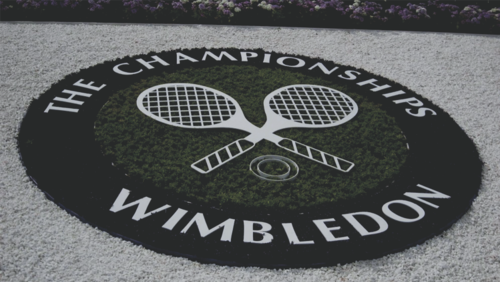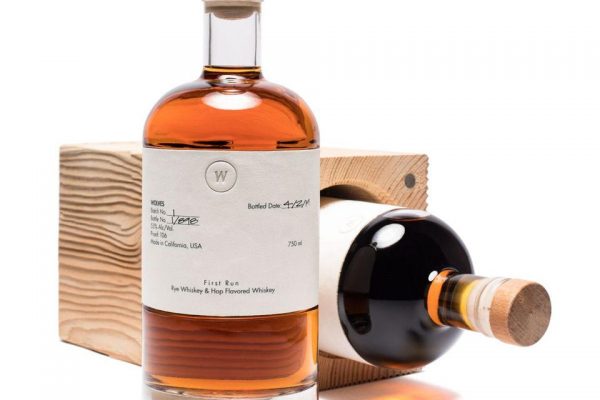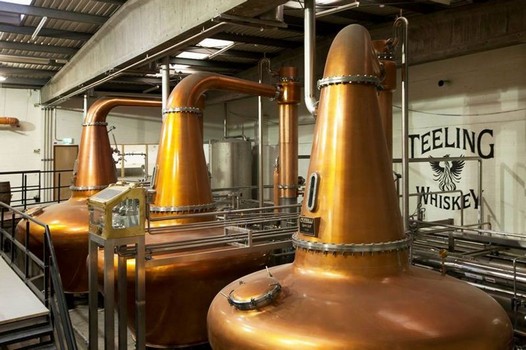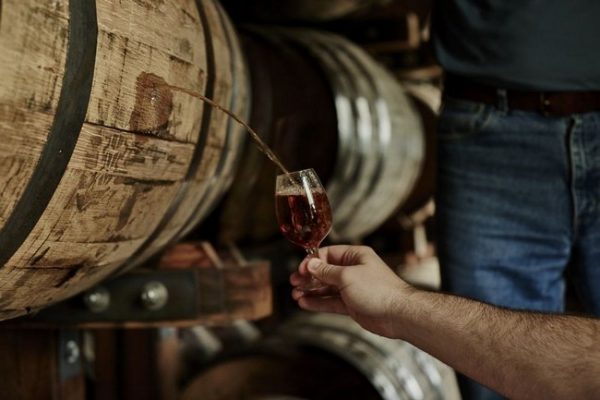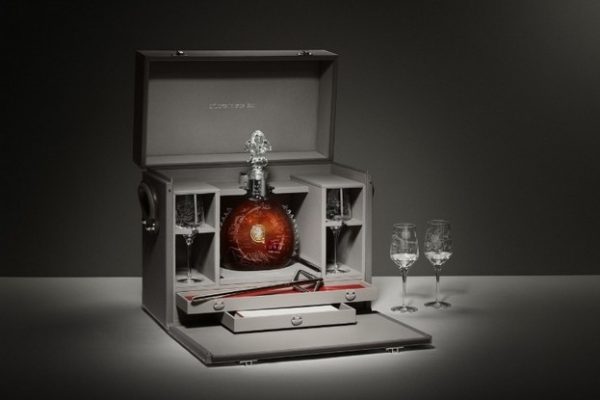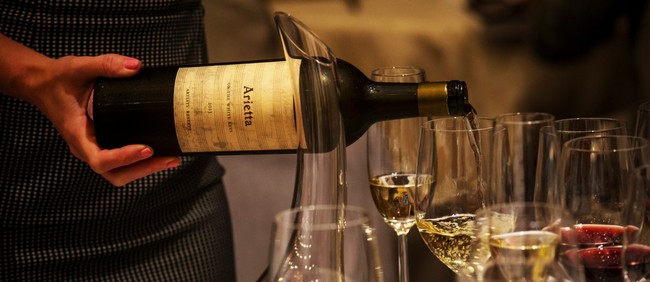
The traditional wine merchant was the jovial soul who looked after his flock with carefully chosen wines, brought onto the investment wine list at a time when it was felt that these wines could be opened by the clients without them suffering from excessive youthful acidity in the White wines and similar acidity and mouth numbing tannins in the Red wines.
Fast forward to the 21st century and a lot has changed. The merchant is no longer the keeper of wines which, after an appropriate slumber in the merchant cellars, are presented to a grateful imbiber.
In order for the wine merchants to appease accountants, everything that is bought must be whisked out the door as soon as possible for the purpose of cash flow. I generalise, of course, and in the UK we are blessed with a handful of merchants, some with Royal Warrants, who continue the age old principle of dishing up things which are ‘ready’. But look at the Supermarkets and their red wine selection with anything in the affordable price range being the wine equivalent of a babe in arms exhibiting a total lack of maturity. Unfortunately, maturity is what most drinkers find pleasing. Purple reds smelling of a recent and violent birth are probably not the reason why society became enamoured with wine.
The issue as ever, is who will own the wine while it goes through kindergarten etc. and emerges at a stage when it has earned the vote ?
Wine producers are generally farmers with a crop and a need for the crop to be turned to cash for the following harvest to be funded. Staff, barrels, bottles, maintaining the vineyard for the future, are all costly exercises.
At the globally recognised brand end of the wine market the producer has changed beyond recognition. No longer the 2CV driver and more the Mercedes owner. For the handful compared to the masses there is an ability for some to control their niche market. Let us specifically look at Bordeaux since in this region, never mind the 80/20 principle, here we have 5% of the producers commanding 95% of the column inches.
The wines deserve their status but still the question is who should own them while they mature.
En Primeur is not particularly new as a concept but in the troubled economy of the 1970’s it was a principle which found favour with Bordeaux Producers, Courtiers, Negotiants and their international client base.
The expectations have shifted from those distant days and all those who say that wine is only for drinking should see how the Chateau owners reacted to that concept with their ever changing and often theatrical opening prices.
The Owners knew with 2009 vintage that the quality was great, China was interested, Europe wanted its full allocation, although fortunately America did not and so the owners turned the screw. Maximum price and lowest ever release volumes on initial tranches. Swept along on media hype, why on earth would the owners allow traditional en primeur buyers to make a fortune on the back of the chateaux efforts.
So the public were offered En Primeur 2009 wines in 2010 at a reassuringly expensive level and they believed that the prices could only go one way. No one mentioned to the Chinese in particular, that these wines would need at least a decade before they became drinkable. The rest we now know is history. Today, most of the 2009s can be bought at about half of their original release prices and given the quality of 2009s in general this may be a great time to take advantage. I have a hunch that, baring any unpredicted economic factors, the best time to buy the 2009s may be in 2018, just before they become 10 years old.
In Bordeaux during the last few days of March, the 2014s were being tasted by the World wine trade. UK merchants have written an open letter to Chateau owners saying that unless the prices for 2014 come down significantly from 2013 prices, regardless of the perception that quality has improved, then the Bordeaux En Primeur Campaign will be not only short but also not very sweet.
Somewhere there should be a balance allowing growers to get a fair price, merchants to make a sensible profit, and the public to feel that the price they are paying is the lowest it will ever be, hence the justification for funding the elevation of the infant wines until they become mature drinking pleasure.
The reality is that the chateaux have become the stock holders and many feel that they would like to control the prices so the profits for the merchants and the en primeur buyer are, it seems firmly over.
Wine should rise in price when it becomes scarce and not through media hype or manipulated stock control. As an aside, we never bought Dom Perignon as an investment because the owners will never let you know how much they made – without that piece of the puzzle, how can you judge when scarcity will influence price.
The conclusion is to buy wines at En Primeur if the price is affordable and you feel from tasting the wine yourself or amalgamated critics reports, that the wine will turn into something rewardingly delicious. Avoid en primeur if you are keen to make money. There are nowadays days too many manipulated parameters in an unregulated industry, to allow the amateur to profit. As I have advised since 2003, if you are looking for profits then buy something which is running out.
Written by Peter Lunzer.





